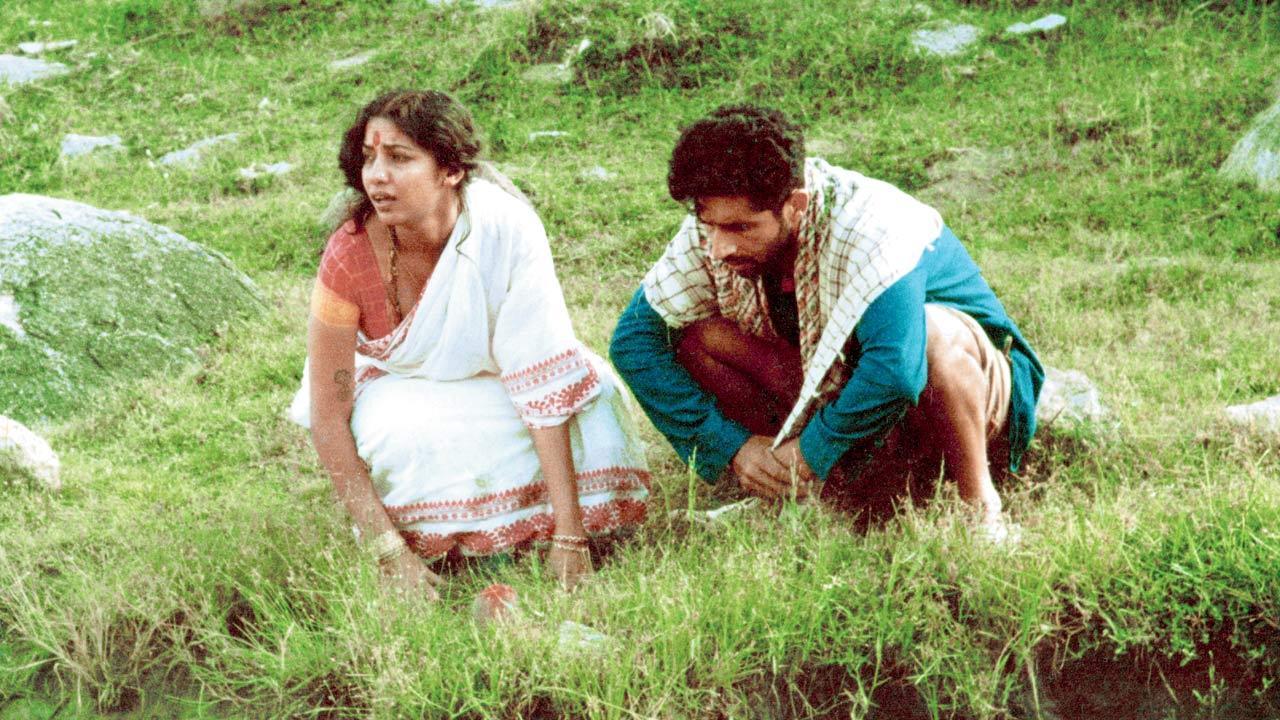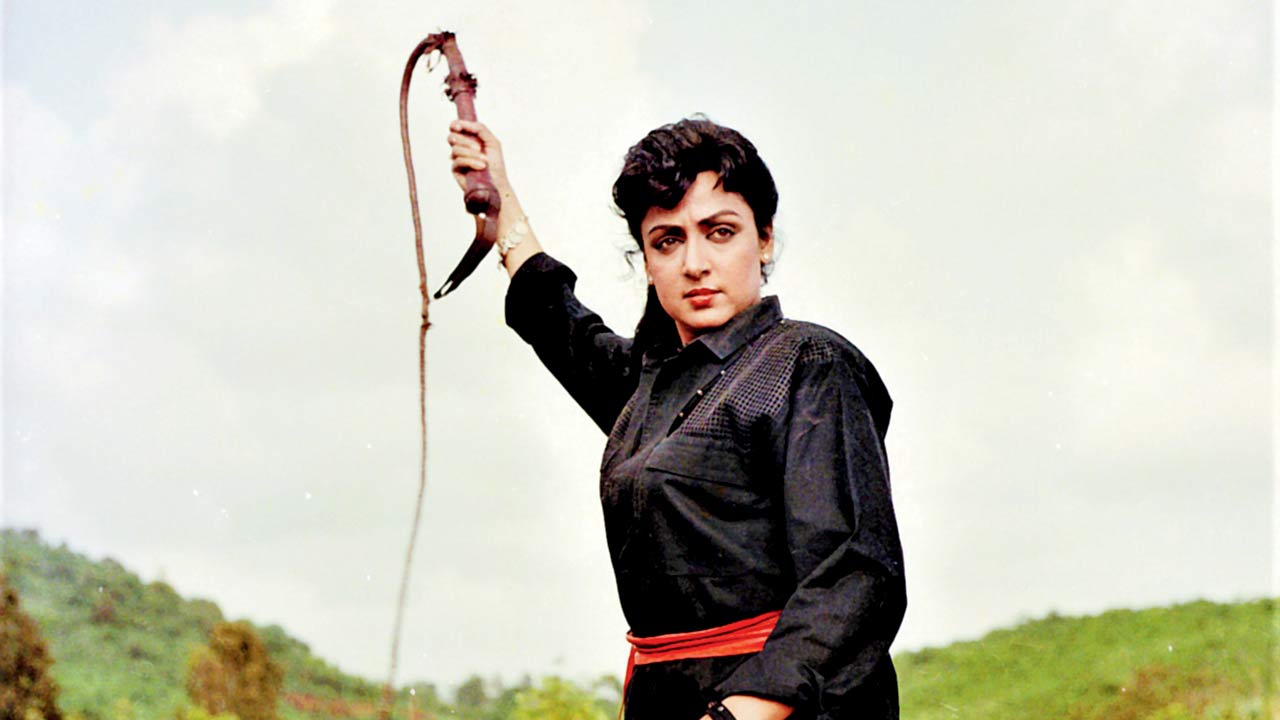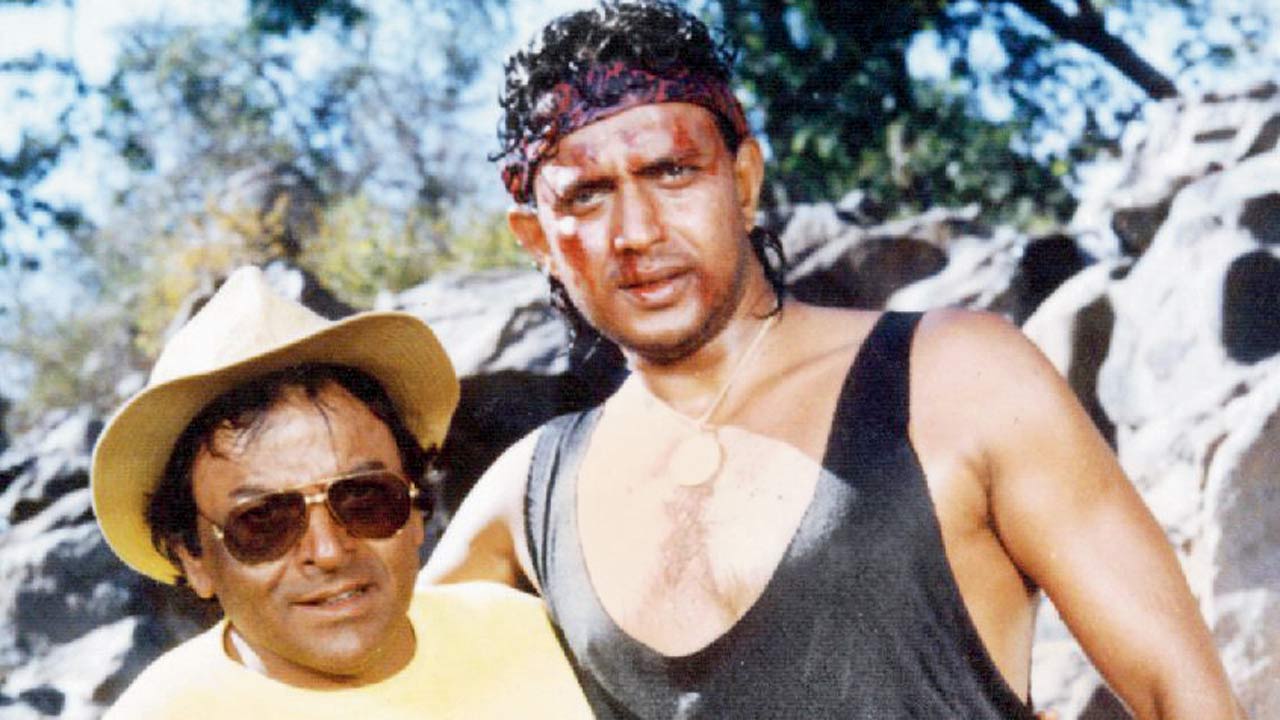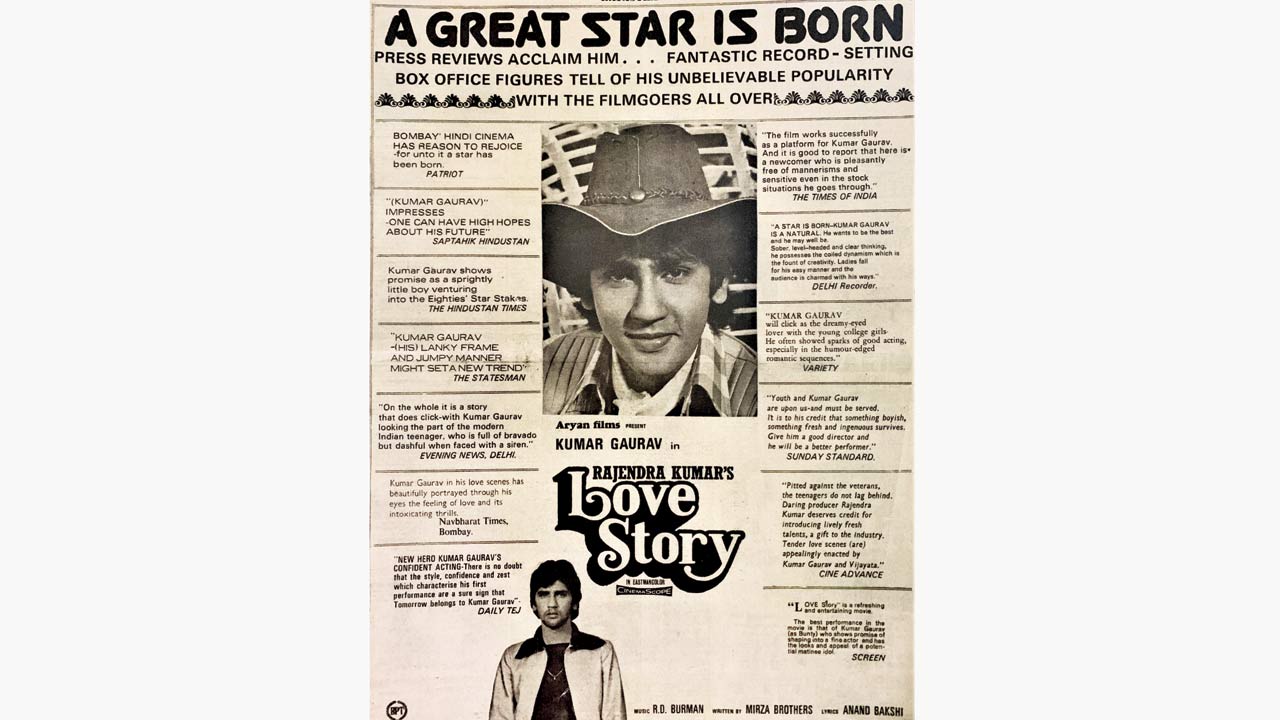Says author Avijit Ghosh whose book on Hindi cinema looks back at a decade largely remembered for mindless entertainment but one that taught the industry resilience

Shabana Azmi and Naseeruddin Shah in Shyam Benegal’s Mandi. Pic Courtesy/Shyam Banegal
Right at the outset, Delhi-based novelist-author Avijit Ghosh tells us of his interest in “lost causes”. He illustrates this with the titles of his previous books, Cinema Bhojpuri (2010) and 40 Retakes: Bollywood Classics You May Have Missed (2013). Both reflect on movies and experiences that were cast away but deserved a prominent place in Hindi cinema history. His latest book, When Ardh Satya Met Himmatwala: The Many Lives of 1980s’ Bombay Cinema (Speaking Tiger Books), is no different. “During discussions on films with friends and colleagues, I’d often hear that the 1980s was a useless period, a black mark of sorts.”
 Hema Malini played a dacoit in Sitapur ki Geeta. Sridevi and Zeenat Aman also starred in such films where the male actors played second fiddle. Pic Courtesy/Manmohan Kapoor
Hema Malini played a dacoit in Sitapur ki Geeta. Sridevi and Zeenat Aman also starred in such films where the male actors played second fiddle. Pic Courtesy/Manmohan Kapoor
As a student of Jawaharlal Nehru University, Ghosh had had first-hand experience of the decade. “I had seen so many [of these] movies in cinema halls... So I knew that this view was lopsided. I felt that we needed a more serious examination of the decade.”
 Director B Subhash and Mithun Chakraborty made a hit team after the success of Disco Dancer. Pic Courtesy/B Subhash
Director B Subhash and Mithun Chakraborty made a hit team after the success of Disco Dancer. Pic Courtesy/B Subhash
The 1980s, according to him, saw entertainment arrive in the drawing room like never before. “Till then, cinema was the pastime preferred by the middle class... it was an occasion when the entire family dressed up and went to the movies. Now, cinema came home, rather illegally, courtesy the video home system [VHS] and the video piracy [network]. This, and later serials on cable TV, bruised and battered the film industry, and it caused major ripple effects.” Simultaneously, as a consequence of Kapil Dev and team’s World Cup victory in 1983, there was a sharp increase in ODI cricket matches being shown on television. This too, he says, hurt the film industry’s ability to lure day-time audiences into theatres. “The political turmoil in Assam, Punjab and Kashmir further stumped the film market.” While all of this was happening, there was strangely a serious leap in production: “More films were being declared as flops, and yet, more films were being made. At the heart of this contradiction is the 1980s story—how old money was gradually being replaced with new money, part of which was bad too,” says Ghosh.
 The mujra song was an essential part of the dacoit film menu. And Jayshree T was adept at the task
The mujra song was an essential part of the dacoit film menu. And Jayshree T was adept at the task
The death of single screens, which hastened during the recent pandemic, began sometime during this period, as the footfall to cinema halls dropped significantly. “In Bombay, theatres such as Rex, Majestic, Broadway and Neptune had already been razed and recast as shopping centres. By 1986, two prominent cinema halls in Ahmedabad, Ajanta and Ellora, had also shut down. A similar trend was seen in Jabalpur.”
 Kumar Gaurav’s Love Story became a runaway success and made him a teenage heartthrob.
Kumar Gaurav’s Love Story became a runaway success and made him a teenage heartthrob.
It is against this socio-political and economic backdrop that Hindi cinema was trying to find a voice. “It was a defining decade, because it changed how cinema was being consumed. VHS was to the ’80s what OTT is to the 2020s. This led to the personalisation of entertainment. And because the middle class had largely abandoned the theatres, the filmmakers were making tweaks to the script to suit the taste of the core audience, which was non-gentry in nature [youth and the underclass].” The content, he says, was marked by the “sublime and ridiculous coming together”.
 Avijit Ghosh Pic/Nishad Alam
Avijit Ghosh Pic/Nishad Alam
This was the time when the genius of Kundan Shah, Govind Nihalani, among others who rode the new parallel cinema wave, sat alongside films that boasted pelvic thrusting actors spewing double entendre dialogues, says Ghosh, who did interviews, dipped into records available with the National Film Archives of India, and scoured through English newspapers, trade magazines and Madhuri, Dharamyug and Sarika, to build his argument. “I also looked at Parliament replies by
ministers to understand the sentiment of the time.”
Another significant event that marked the decade was the 1986 film industry strike. “The strike was against excessive taxation and lasted 31 days. No film was shot or screened during this time. It was a total shutdown,” he shares.
On the 12th day, which was October 21, a cavalcade of about 150 cars and trucks gathered in the Shivaji Park area. Many even walked. Some of the participants in this march included V Shantaram, Sunil Dutt, Dev Anand, Rajesh Khanna, Rohini Hattangadi, Raj Babbar, Tina Munim, Anil Kapoor, Govinda, Khushboo, Farah, Meenakshi Seshadri, Javed Akhtar, Shabana Azmi, Sanjay Khan, Akbar Khan, Yash Chopra, Mithun Chakraborty, Shashi Kapoor, and many more. Khanna was the press convener of the action committee. “Who would have thought that the chaotic film industry, which was divided into camps, would collectively raise the banner of protest against the state government. “The outcome was modestly successful... it gave the industry a handle of hope when video piracy was eating into revenues. The movement also lifted the industry’s spirit and made many aware of being part of a larger community.”
The man who owned the decade, Ghosh feels, was Mithun Chakraborty. “He is significant because the 1980s was also the decade of star sons [Kumar Gaurav, Sanjay Dutt and Sunny Deol]. Mithun represented the exact opposite of that; he was a self-made star.” That he could slip into any character or genre, be it action or a family drama like Ghar Ek Mandir, or the romantic superhit Pyar Jhukta Nahin, made him most sought after. “This decade was also typified by a certain kind of sound—disco. Mithun was the face of disco,” he adds. “Here was a star who the non-gentry cinema-goers could root for. He was an idea whose time had come.” Govinda, he says, took this forward. “But he arrived only in 1986, and came into his own [as a comedy actor] in the 1990s.”
 Subscribe today by clicking the link and stay updated with the latest news!" Click here!
Subscribe today by clicking the link and stay updated with the latest news!" Click here!










